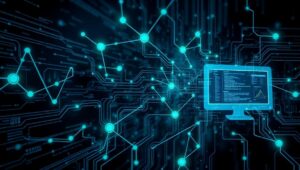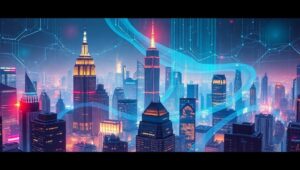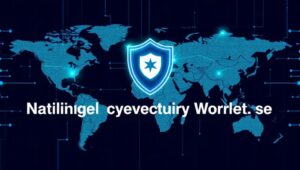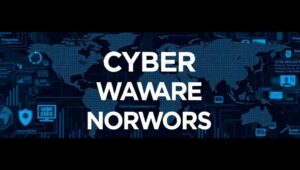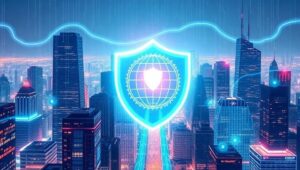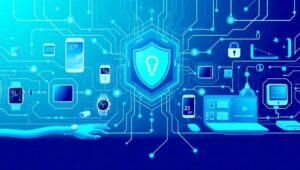June 1, 2025
Protecting Children in the Age of Smart Gadgets (2025 Parental Controls)
Protecting Children in the Age of Smart Gadgets (2025 Parental Controls) The proliferation of smart gadgets in our homes presents unprecedented opportunities and challenges for families. As we navigate the digital landscape of 2025, it’s crucial to understand the risks these devices pose to children and how to mitigate them effectively. This article provides a comprehensive guide to parental controls and strategies for safeguarding children in an increasingly connected world. Understanding the Risks Smart gadgets, from smart TVs and voice assistants to tablets and smartphones, offer educational content, entertainment, and connectivity. However, they also expose children to potential dangers, including:

